A team of scientists from the University of Texas (USA), Shanghai Jiao Tong University (China), National University of Singapore and Umeå University (Sweden) has just published a research project on the application of artificial intelligence in material design. The result is a new generation of heat-reflective paint that can cool the surface of roofs, vehicles and outdoor equipment by 5 to 20 degrees Celsius compared to conventional paint.
The product was developed using a machine learning model that can simulate and optimize millions of material combinations in just a few days. This is considered a significant step forward in using AI to solve energy and climate problems in hot urban areas.

Using machine learning, the team successfully designed a series of new paint formulas that are highly effective in reducing heat, in a short time without having to go through the complicated trial and error process as before.
Tests have shown that applying the paint to the roof of a four-story building in hot weather conditions like those in Bangkok or Rio de Janeiro can reduce air conditioning use by up to 15,800 kWh per year. If applied to 1,000 buildings, the savings would be enough to run more than 10,000 air conditioners for a year. This is an impressive figure, especially in the context of cities facing power overload during extended hot seasons.
The new paint is designed based on two core elements: reflecting solar radiation (especially the visible and near-infrared light range), while also having the ability to emit infrared to dissipate heat into the atmosphere. These properties are optimized by machine learning algorithms, which significantly shortens the research time and increases product efficiency.
AI not only allows scientists to simulate millions of material combinations in a short time, but also allows them to “order” materials with desired properties. Instead of creating a material and then measuring it, users can now ask AI to find a recipe that meets specific requirements such as insulation, high strength, or low cost.
Not only applied to roofs, heat-reflective paint also has the potential to be widely used on cars, containers, outdoor telecommunications equipment or industrial plants. This is considered a feasible direction in reducing the phenomenon of "urban heat islands" and increasing energy efficiency in large cities.
The trend of using AI to develop new materials is spreading. Some big tech companies such as Microsoft have launched a toolkit to support the design of inorganic materials used in solar cells and medical devices. In the UK, startup MatNex has used AI to develop rare-earth-free magnets, reducing costs and pollution in electric vehicle manufacturing. These innovations show that AI is not only serving the software industry but also has a big role to play in the physics, chemistry and environmental sectors.
AI-designed paints could soon be on the market. Shortening the materials research process from months to days also opens up the possibility of hurriedly a range of innovations in energy efficiency and climate change.
Source: https://khoahocdoisong.vn/ai-tao-ra-son-chong-nong-giup-giam-nhet-mai-nha-toi-20-do-c-post1552346.html



![[Photo] Prime Minister Pham Minh Chinh receives leaders of several leading Brazilian corporations](https://vphoto.vietnam.vn/thumb/1200x675/vietnam/resource/IMAGE/2025/7/6/3622160b379746e6bca82f804ea35e47)





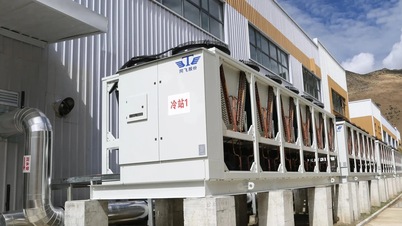



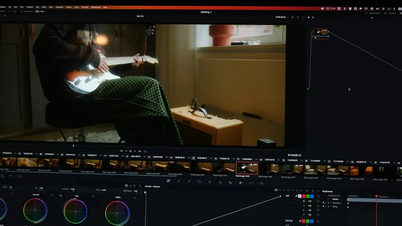

































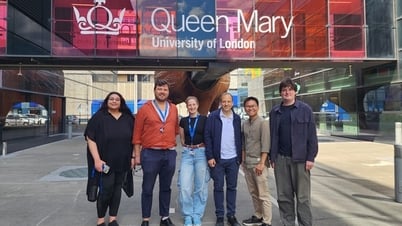

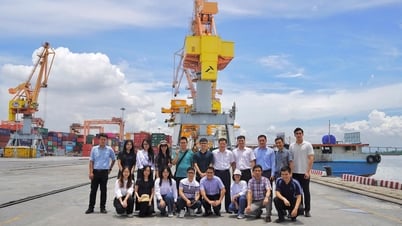



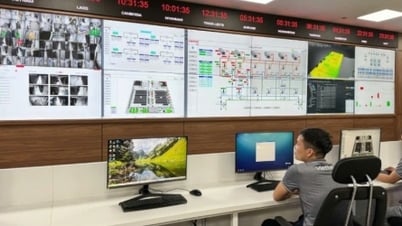








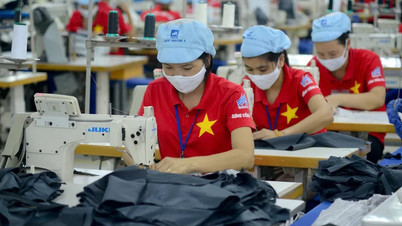


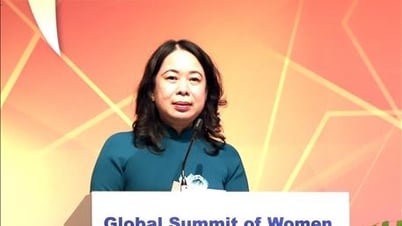



















![[OCOP REVIEW] Bay Quyen sticky rice cake: A hometown specialty that has reached new heights thanks to its brand reputation](https://vphoto.vietnam.vn/thumb/402x226/vietnam/resource/IMAGE/2025/7/3/1a7e35c028bf46199ee1ec6b3ba0069e)










Comment (0)